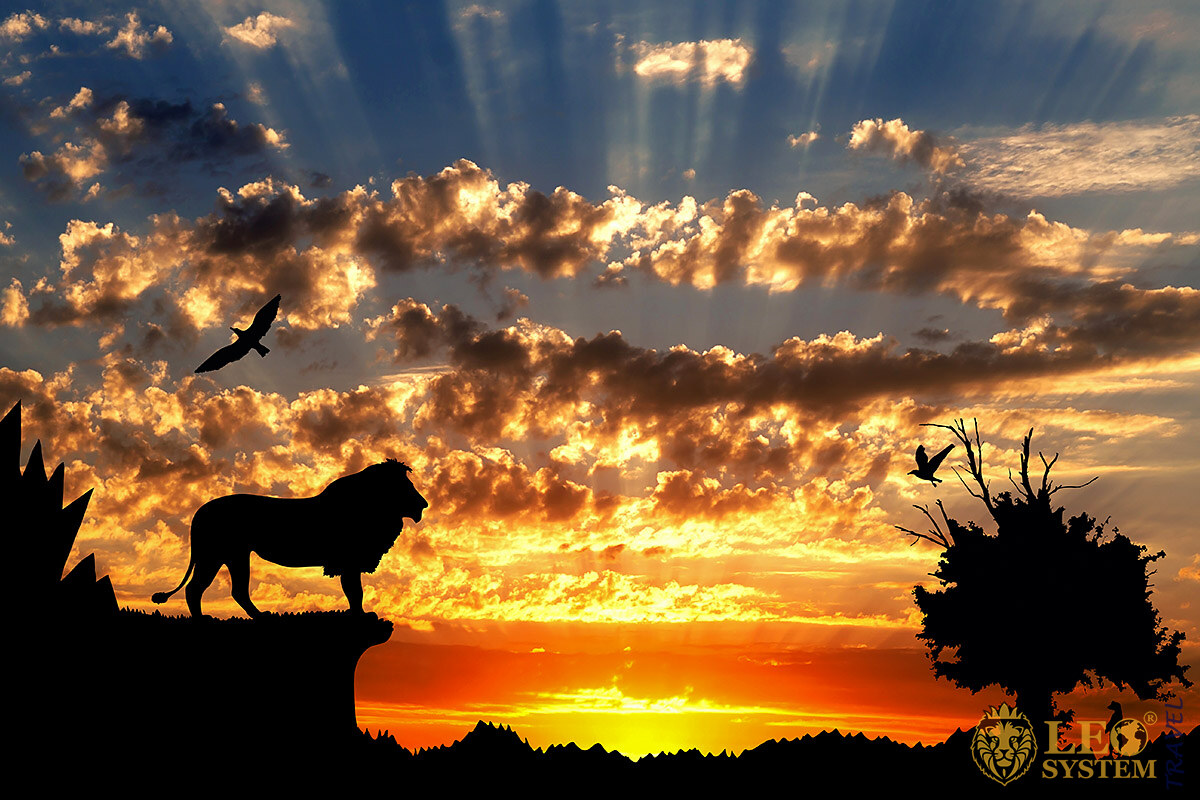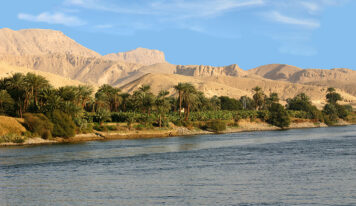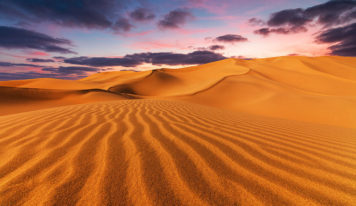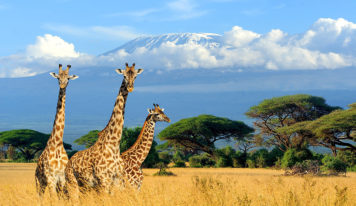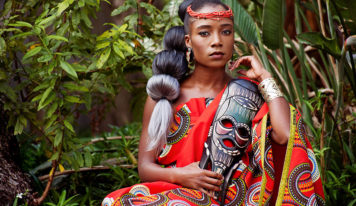Africa is famous for its wildlife and biodiversity. It is the second-largest continent in the world in terms of size and also population. Predatory animals are a significant area of interest due to their dominance and intelligence. There is a common misconception that a predator needs to be very big when in reality this is not the case.
We are going to be opening your eyes to many different well-known predators in this article about the world of predatory animals in Africa.
Lion.
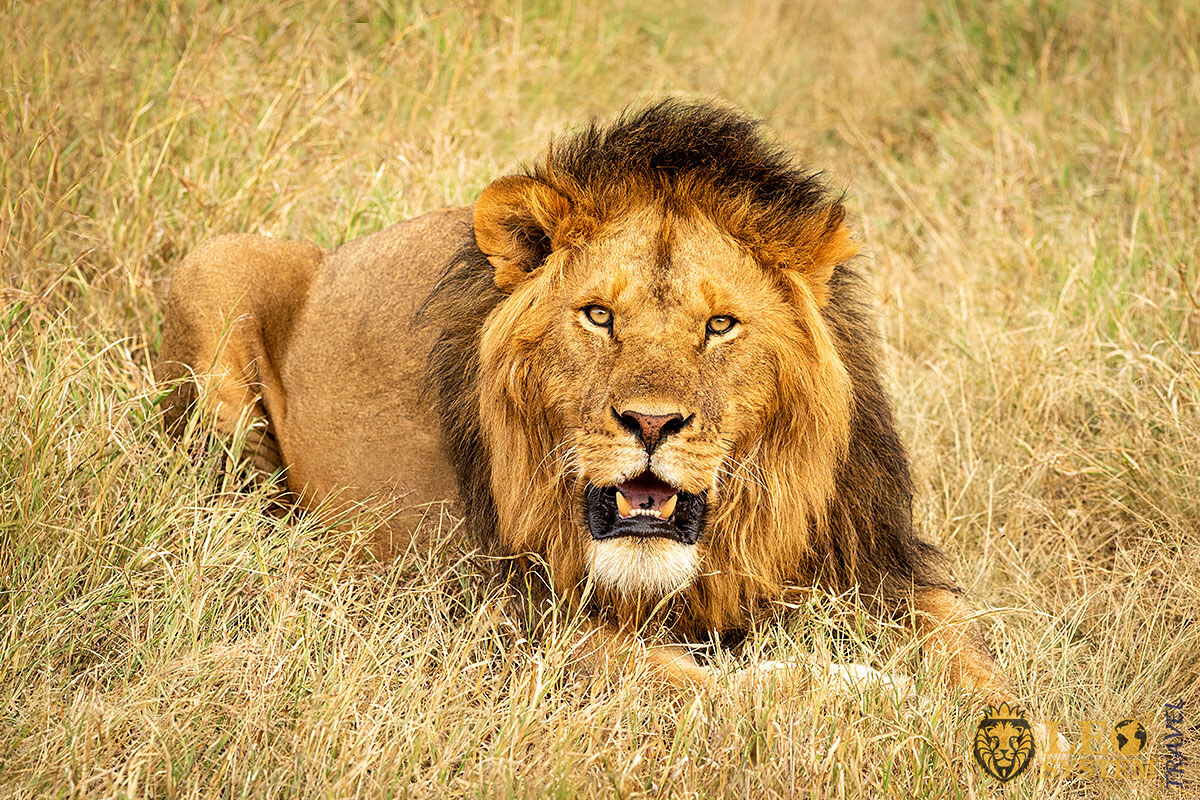
Almost the entire population of wild lions lives on the continent of Africa with the only population of wild lions known as ‘Asiatic Lions’ living outside Africa in the state of Gujarat in Northwestern India. Lions are massive creatures, with the males are known to get as big as 190 kilograms, 418.9 lbs.
Due to this most of the hunting is left to the females who are much lighter and thus faster allowing them to chase their prey for long distances. While the male lions are often tasked with helping to protect the young lions and also protecting the lion group’s territory. Lion groups are called ‘Prides’.
Lions are also very famous for their manes, long fur that grows around their neck and face. The mane grows only on male lions when they reach maturity at two years old. Furthermore, lions are very smart creatures; they prefer to hunt during the night, when they are harder to see.
Additionally, they also hunt when the weather is bad, such as when it’s raining or storming. This is because the noise from the bad weather makes it more difficult for the prey to hear the lions coming.
Crocodile.
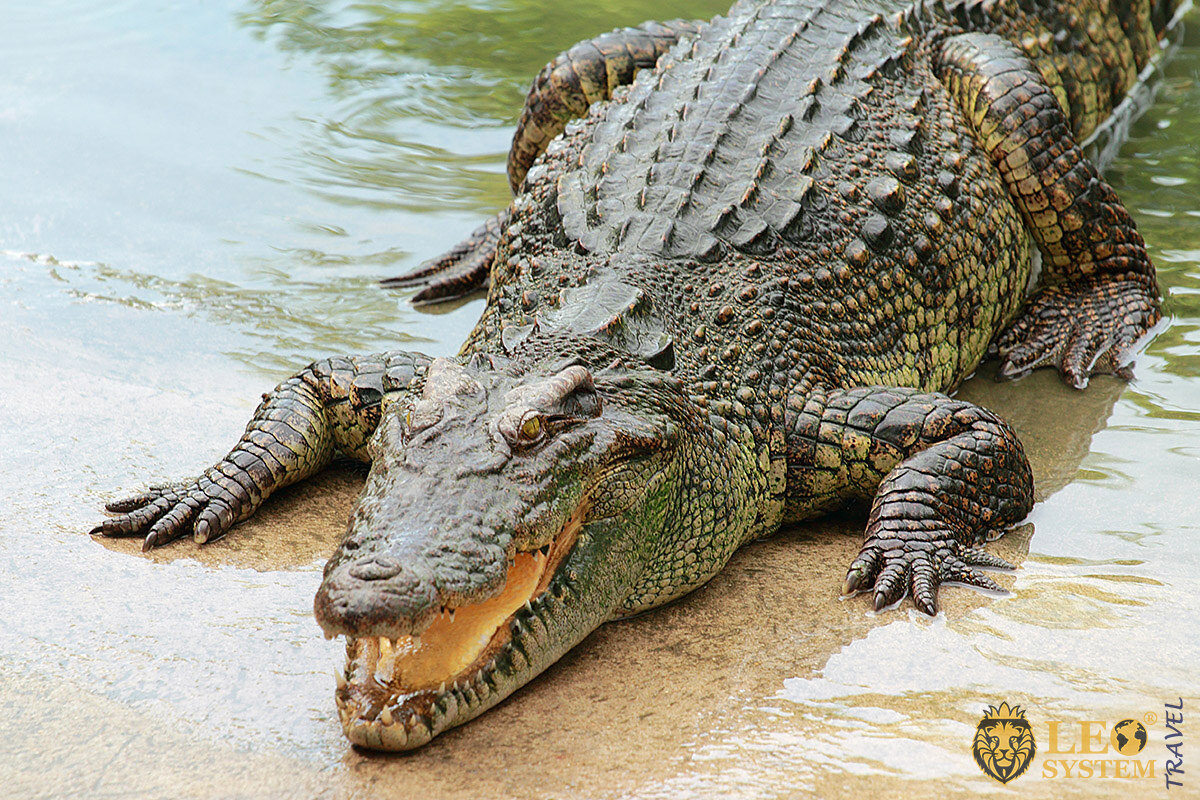
Crocodiles are the largest reptiles in the world, with most of Africa being home to different species of crocodiles. Scientists believe that crocodiles first developed 95 million years ago and lived along dinosaurs, although they are not Dinosaurs themselves.
The crocodiles in Africa tend to live in bodies of fresh water such as lakes and rivers. The most famous species of crocodiles in Africa is the Nile Crocodile, which lives in the Nile River, which is the longest river in the entire world.
In Ancient Egypt, there was a crocodile deity god called Sobek who was responsive for fertility and also military success which made him one of the most important gods to please. Crocodiles were feared and respected creatures in Egypt and continue to be to this day.
In total Nile Crocodiles live in 26 countries in Africa. There are other crocodile species, such as the West African Crocodile, which is larger than the Nile Crocodile and most aggressive. As well as the Central African Slender-Snouted Crocodile that is known for its long head and jaw that it uses to catch fast fish much more easily.
Hyena.
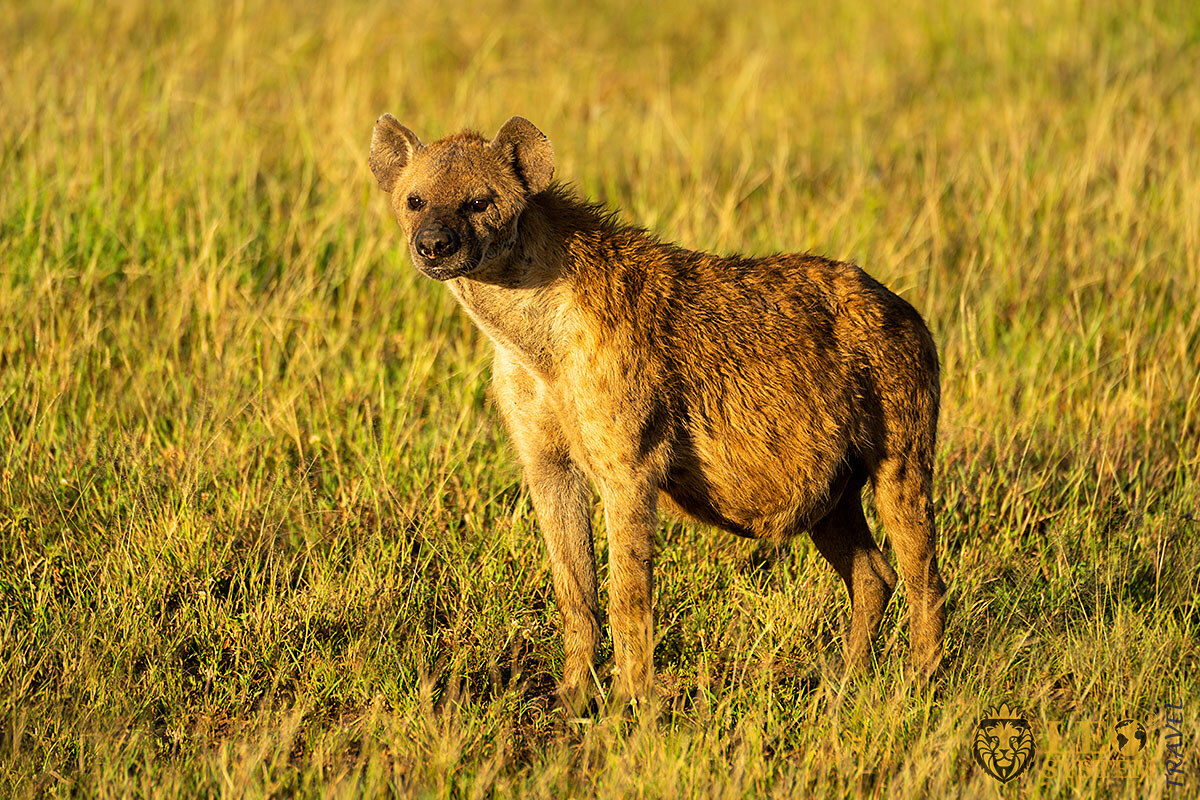
The hyenas are very social predators that live in large groups, they are often mistaken to be part of the cat or dog family when actually they are in a species family of their own called the Hyaenidae.
Hyenas live in very big groups known as packs, much larger than any of the other predators that you will find on this list. On average, these packs can range from between 50 to over 100. Another interesting fact about hyenas is that the females are naturally larger than a male, which means that the hyena societies are dominated and led by the females.
Hyenas require their large groups as they are much smaller and weaker than other predators found in Africa such as lions and leopards. Therefore, it is a necessity for them to work together in order to fight off any competitors.
Furthermore, hyenas have very tough teeth and jaws that are ideal for them, as hyenas often have to settle with the leftovers that are left by the larger predators or that hyenas steal.
Moreover, hyenas are famous for the laughing like sound that they produce. Only one species of hyena called the Spotted Hyena makes such sounds, these sounds are actually not done during signs of happiness, but as a call of distress and also when the hyena feels threatened.
Leopard.
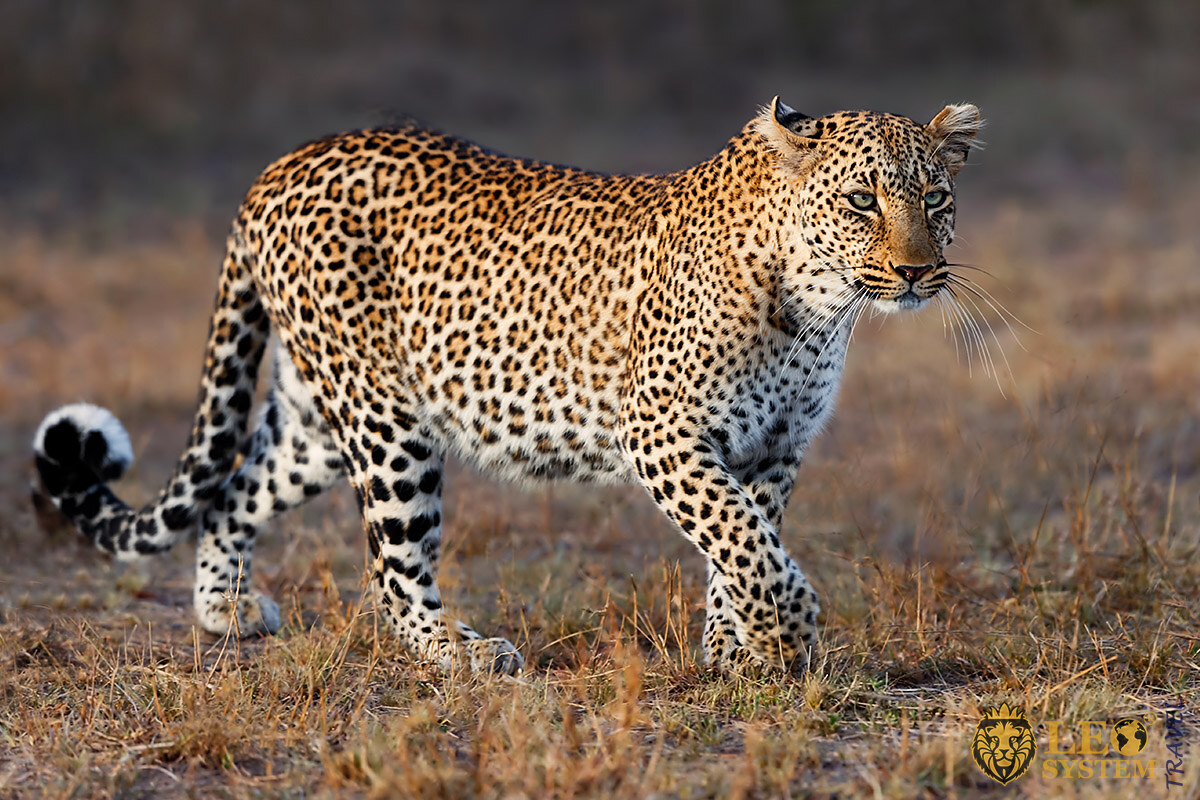
Another big cat that we are going to cover in this article about the world of predatory animals in Africa is the leopard. Unlike other predators on this list, leopards are solitary animals that live alone for most of their life apart from when they are young cubs, when males are looking for a partner or a mother is caring for her young.
Leopards are very good climbers that usually sleep up in the trees, safely away from danger. Due to their advanced climbing abilities, they often hunt monkeys, birds, and any other animals that live high above the ground in trees.
However, if needed leopards can also catch prey on the ground, with leopard being able to reach 58 miles per hour when running at full speed.
The leopards spotted fur acts as camouflage as it looks like shadows or spots of shade. Overall leopards are one of the least picky major predators in Africa in terms of the habitat that it can live in, leopards are able to live and survive in diverse environments such as deserts, mountains, and forests.
Cheetah.
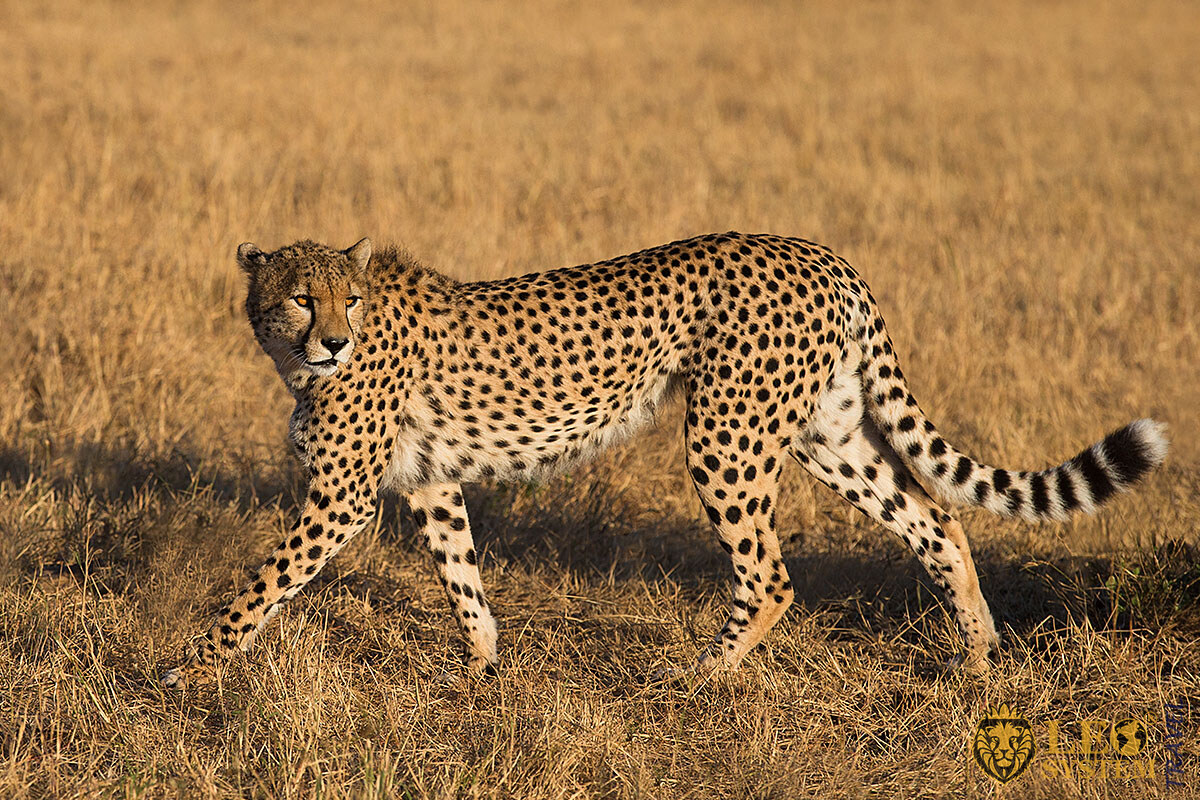
It is not possible to outrun the cheetah, it is the fastest land animal. Cheetahs are able to run as fast as 80 miles per hour, they are able to do this thanks to their very long legs that let them cover a large area with fewer steps and also their long tail that has a functional purpose as an anchor that helps the cheetah quickly turn.
Cheetahs are also very different from other prominent African predators in that they prefer to hunt during the day, while other large cats such as lions and leopards prefer to hunt during the night.
This is because cheetahs are fast enough to be able to catch prey during the day with very little problems and also cheetahs want to avoid as much competition as possible from other big cats such as lions and hyenas that are much stronger than them.
Cheetahs tend to live in groups, which usually consist of a mother and her children or some kind of coalition where the cheetahs work together when hunting.
Caracal.
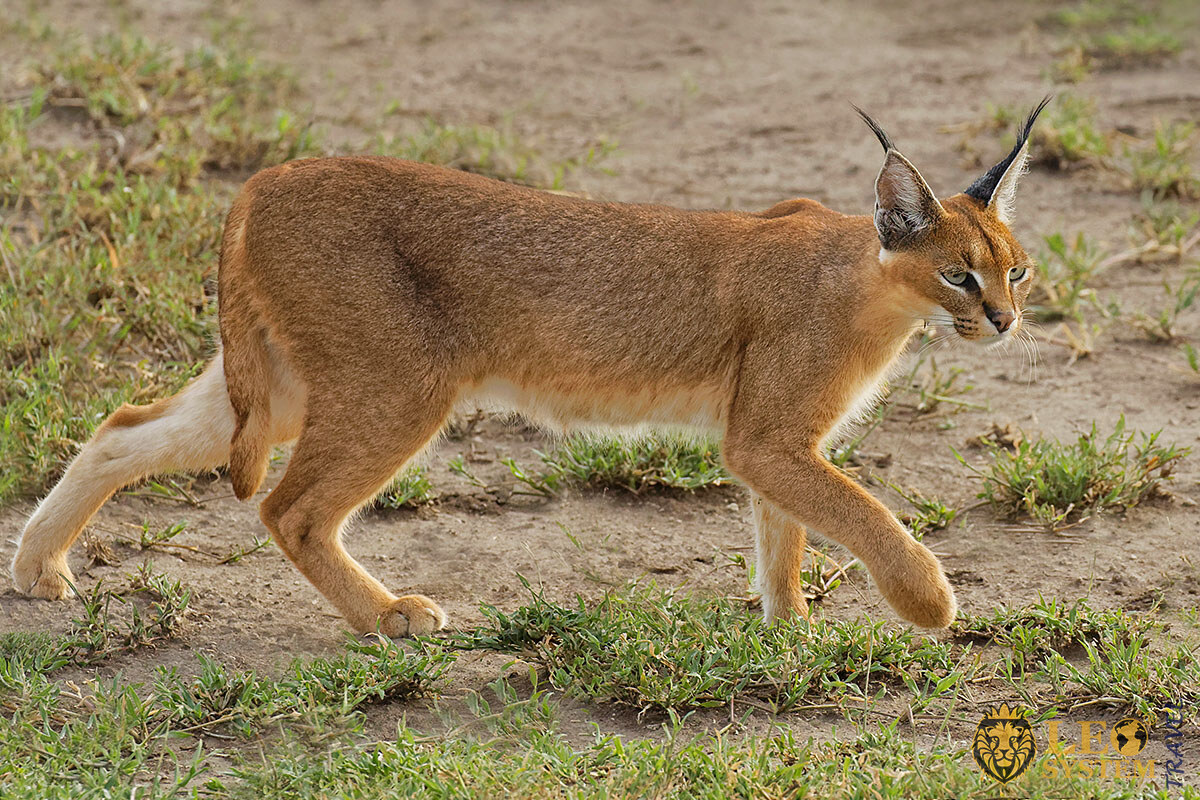
Finally, in this article about the world of predatory animals in Africa we will talk about the caracals. Admittedly, not as famous as the other big cats, despite this the caracals are also superb predators that tend to focus on smaller prey such as wild rodents, birds, and monkeys. However, they have also been noted for hunting wild antelopes called Impala.
Caracals have one of the best hearing abilities of all of the prime predators in Africa. This hearing is boosted by antenna-like hairs at the very top that allow them to sense sound waves and the direction that these sound waves are coming from.
Furthermore, caracals are very good jumpers, they are able to jump over 10 feet or 3 meters which is very impressive for such a medium-sized predator. Hopefully, you enjoyed this article and were able to learn a thing or two about such amazing animals.
Read the article: Continent Africa: Nature And Population



















